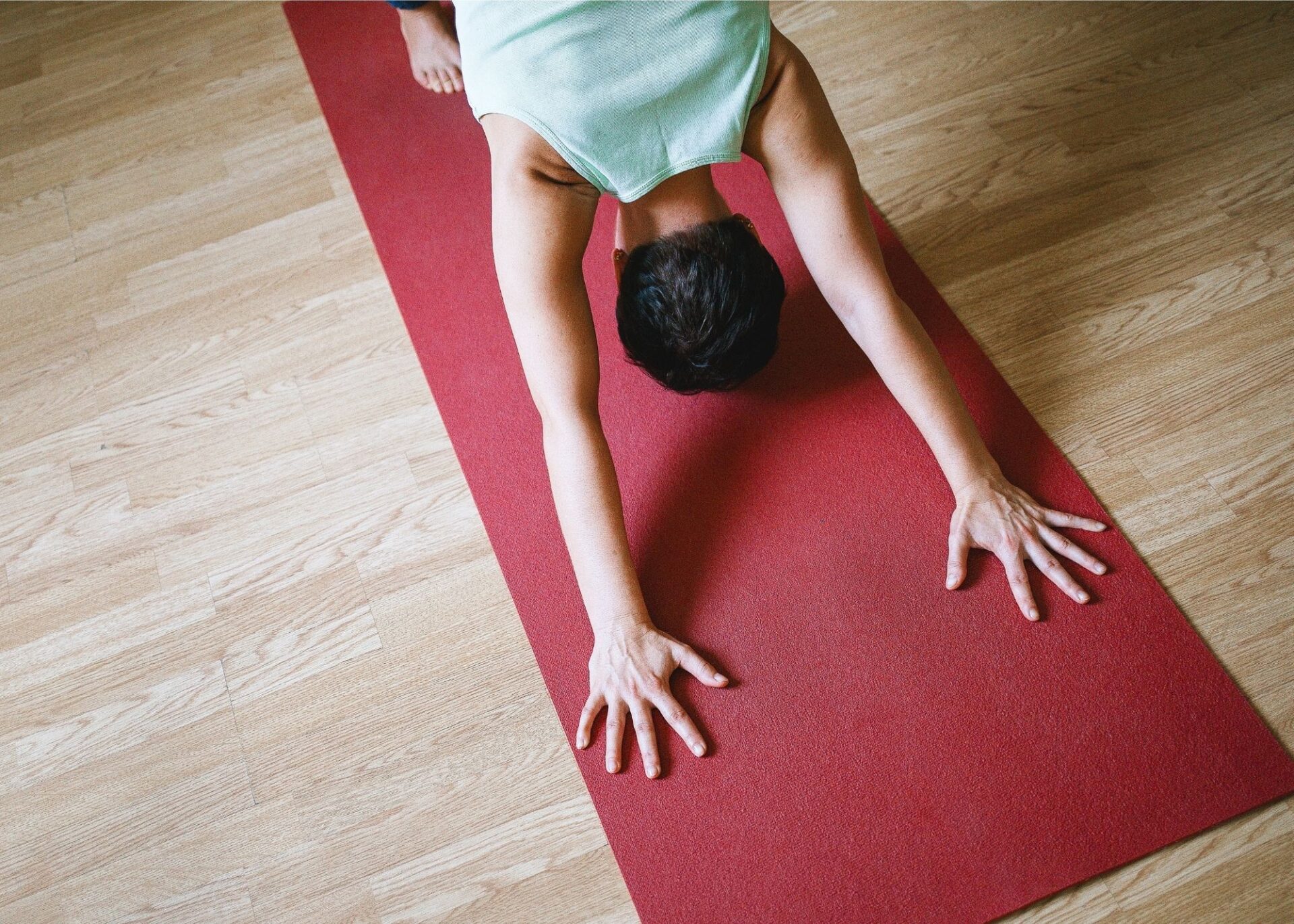
As the new year hit, I saw a lot of chatter in various groups about making yoga — whether that’s starting yoga, trying yoga, committing to yoga, or just living mindfully — a big part of life in 2021.
As a 200-hour certified yoga instructor and someone who has faithfully practiced and studied yoga for over 15 years, I am completely supportive this resolution! I am an ardent believer in the power of yoga in all aspects of life for anyone who is interested in the journey. Unlike other forms of fitness, yoga is truly a format that is available to ALL, regardless of perceived ability, goals, shape, size, and flexibility.
Yoga is a life-changing opportunity with the ability to bring peace and calm to life (and, thereby, the world). Does that sound dramatic? I believe it to be true, as proven throughout my life. It is why I get excited to teach yoga: I feel it is making the world a better place.
So why all the fuss?
To address this question, as well as all the chatter I observed, I compiled a LOT of yoga information for this article. I want everyone to be able to walk into a yoga class and find the one that works for them. I want everyone to know that yoga is available to them. Sometimes, we just need to have information to feel empowered.
So here is my
ULTIMATE GUIDE TO YOGA.
And please note, the comments and information below are based on my own experience. If there is anything you want to know more about, I highly recommend engaging in more detailed research (see resources below). If you have questions, drop them below.
Why do yoga?
Yoga meets you where you are, but it also always allows you to grow. It doesn’t matter how long you’ve been practicing or how new you are. When you step on your yoga mat, it is simply about you and where you are in THAT moment.
Yoga at its core is mind/body connection. By holding postures, moving through familiar flows, and by breathing with intention, yoga asks you to connect to yourself in a way no other group exercise or fitness program can. Without mind-numbing cardio or loud music (which please know I also love and find value in), yoga demands an internal journey. That is, really, where the precious work and the value of yoga lies. The best yoga instructors know this, and deliver that layer to students.
But beyond that, yoga can meet you physically.
If you need restoration and healing, stretching, strength, physical challenge, better sleep, posture correction (even increased sex drive!) … yoga can do all of that. Just knowing which type of yoga (see below) and which class to take can help you meet any one of those needs.
If you are just beginning, a longtime yogi, or returning after a break, there is a level and opportunity for every physical ability and interest! Despite what the Internet and Instagram may sell, the people in the yoga classes and the instructors guiding are usually NOT super-buff models with 6-pack abs. The diversity of bodies and abilities in every yoga class is beautiful and to be celebrated. So allow yoga to meet your body and your needs. Add your voice and breath to the diversity.
And why hot yoga? I personally find the additional layer of environment an additional aspect of forcing me to notice my body, and to stay tuned to it. It isn’t for everyone, but the additional challenge can take participants to a new level of mind/body connection.
If you want to dig deeper into the power of yoga, I recommend this podcast on The Happiness Lab.
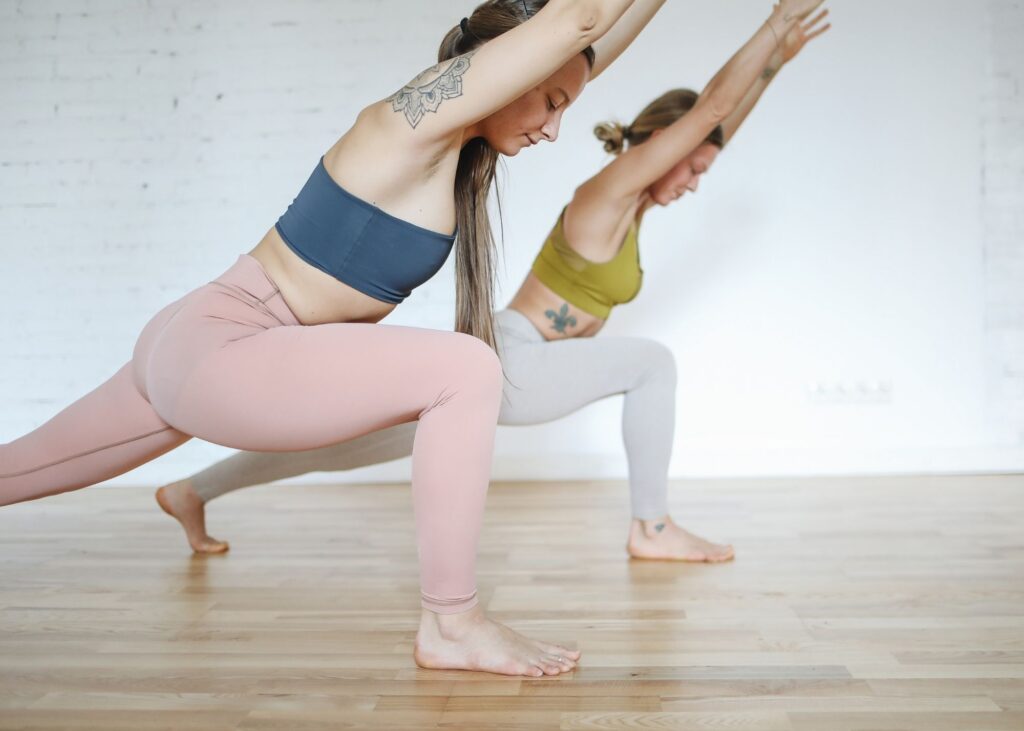
What to wear to yoga (including what to wear to hot yoga):
Note: There are some affiliate links below, and you can read our disclaimer here..
There is a reason why athletic clothing lines like Lululemon and Athleta are very popular (and charge a lot of money for yoga clothes). If you are doing hot yoga, high performance clothes are very, very nice to have! Materials that don’t smell, stay in place, and wick moisture add so much comfort. Honestly, springing for some on-sale Athleta leggings may be worth it. (I have tried a lot of different leggings, and nothing beats the Athleta Powervita line. I stay well-tuned to the Athleta sale site.)
But even if you don’t purchase high-performance clothes or aren’t interested in hot yoga, my biggest recommendation is to wear a form-fitting shirt.
In many yoga poses (“asanas”) you will be in a forward fold position — or something similar. You will also be moving a lot. If your shirt falls over your head while you are in a forward fold, it will likely be irritating you the entire class.
A shirt like this may be a good option: being able to tie it in the back when you begin your practice, then untying it for comfort when done.
The different types of yoga, and how to pick the right class:
There are so many different types of yoga, and so many variations within each style, it can be overwhelming.
But to help, below is a quick list of the most common types of yoga offered at studios and gyms. These definitions are not meant to be full and inclusive, just general guidance. If you have a true interest in any of these, I invited you to probe them further.
YOGA GLOSSARY:
Hot yoga means the room will be between 90 and 105 degrees (depending on the type of yoga being taught) and usually about 40% humidity. Hot yoga is just the environment. Within that environment, there are different options for style of movement.
Bikram is a set sequence of 26 poses, nearly always done in a hot setting with the room around 105-degrees. Expect to hold the pose, do a counter pose, then come back into the asana again. I personally have found Bikram a great introduction for those who want to try hot yoga for the first time. Since there aren’t flows, direction changes, and the series usually stays the same, it can be easy to learn the class and gain a quick level of comfort. Plus, Bikram is pretty much the same whatever studio you visit.
Vinyasa Flow is an ancient set of sequenced movements. Traditionally based on “sun salutations,” flow yoga is the stringing together of movements seamlessly, tied to your breath. This is the yoga class where you see a lot of downward-facing dog and warrior poses. Unlike Bikram, classes are rarely the same, yet you can expect to see the same types of movements and similar series. This tends to be slightly more cardio than other forms of yoga, but also happens to be my personal favorite. It is always a wonderful journey of breath to movement and movement to meditation.
Much of the Vinyasa flow classes are built on Asthanga yoga (see below).
Iyengar yoga isn’t typically seen as a stand-alone yoga style at studios. In essence, Iyengar championed the use of props (blocks, blankets, straps) and advocated for strict and disciplined structural alignment in asanas. Some teachers will incorporate Iyengar into their classes.
Yin yoga is holding poses for long stretches of time to go deeper into muscle tissue and relaxation and release. This is a slow practice, with asanas held anywhere from 30 seconds to 2 minutes, but can be an incredible experience.
Power yoga is commonly Baptiste style at its roots. Baptiste was the founder of a specific type of Flow yoga, and the practice is intended to be in a hot environment. While for all levels, it can be quite challenging if desired. Baptiste, and thereby usually power yoga, is a self-described “Journey Into Power” experience, where ultimately the goal is to learn to live with more power and authenticity through the yoga practice.
Ashtanga yoga is pretty disciplined. It is always a set sequence and series, usually the yoga instructor not even calling or really guiding, but allowing everyone in the room to practice the ashtanga set at their own pace while providing assistance and support (this approach to class is also called “mysore”). Honestly, I would recommend an “Intro to Ashtanga” before jumping into a class first.
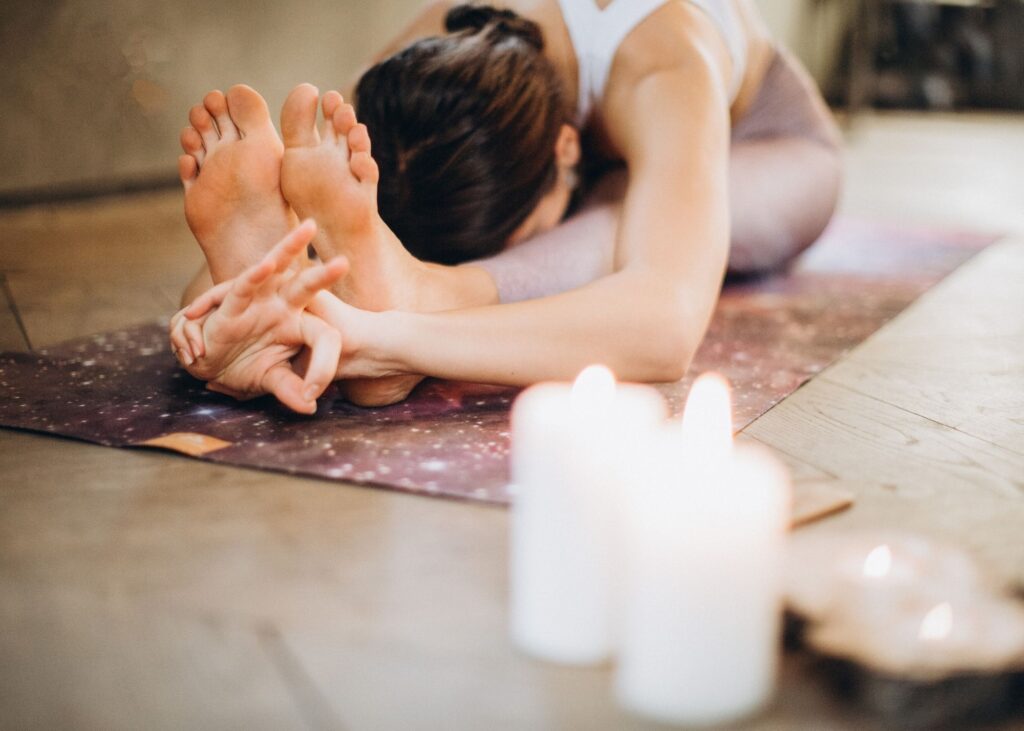
Picking the right studio and class is really a little trial and error, a little online research, and a little bit of luck.
But remember, you aren’t making a lifetime commitment. Understand that whatever you try, you don’t have to stick to it indefinitely. In fact, I recommend using your first couple of classes to “shop around.”
Boutique yoga studios are great, but also very different in style and personality from each other. Look at the schedule for the type of yoga you want to try, sign up for an introductory program, and then go try a few without expectations.
But also: don’t forget to look at your local gym! Or at your local Parks & Rec program! I teach at a YMCA and we have built a phenomenal yoga community there — very open, friendly, warm and welcoming while still practicing some serious yoga. Mr. Family Trip and I took a weekly class together through our town’s Parks & Rec department for a year that we both really loved. If yoga studios seem intimidating, consider one of these other options.
What to do to prepare for your first yoga class:
You will need to have your own yoga mat and water bottle. For hot yoga, you will also want to bring a towel – ideally a towel that is built for hot yoga by being moisture wicking and non-slip.
Depending on your personality, there are some things you could do in advance to help gain confidence before going into the yoga studio.
- Try an at-home yoga class. Using free YouTube videos, you can start to familiarize yourself with some of the asanas, terms and sequences beforehand. Visit this post for some ways to experience yoga at home.
- Find a friend to go with you if that helps. I know some people find it easiest to do something new and a little intimidating if they have a friend to walk into, and out of, the room with.
- For any yoga class you do, don’t eat a big meal beforehand. Belly twists don’t work well when the belly is full.
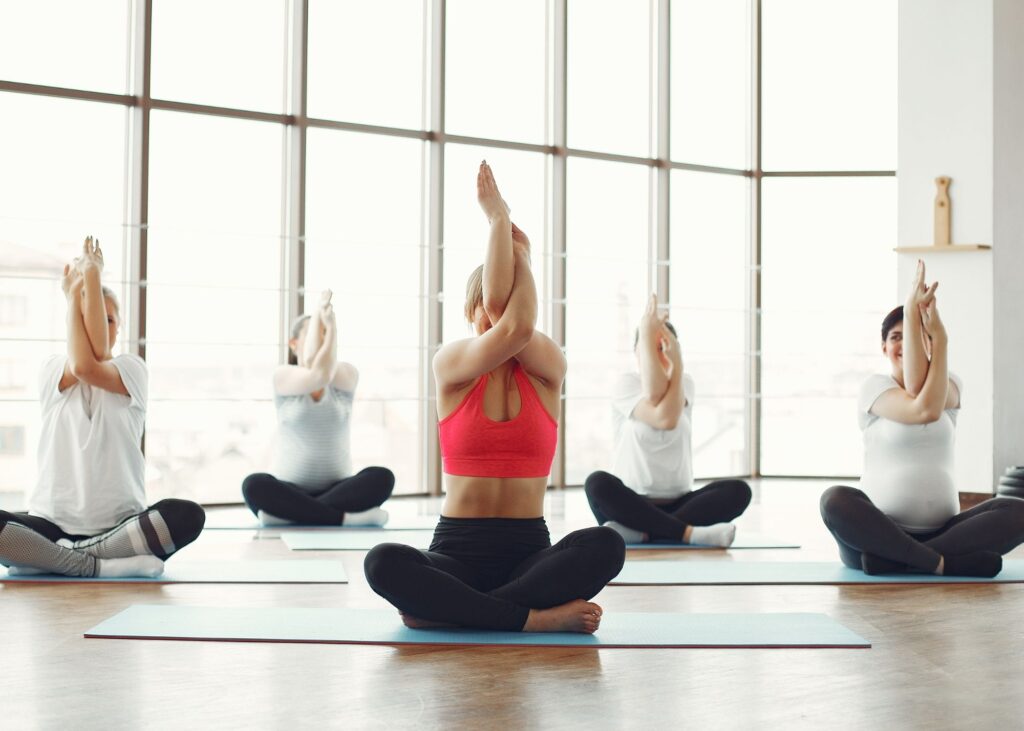
How to have a successful yoga class:
- Arrive early.
- Tell your teacher you are new.
- Stand squarely in the middle! You will be inclined to want to stand in the back row and/or in a corner. But yoga classes frequently turn around and face different ways. So if you are in the back or in a corner, the odds are good you will be the “front” of the class at some point. If you want to be sure you always have an experienced student to watch, stand in the middle of the room.
- If you are doing hot yoga, DO NOT LEAVE THE ROOM mid-class. This is for safety. Going from a hot, humid room immediately into a cooler lobby or waiting area is like my Scandinavian spa experience. It can shock your body. If you feel your blood pressure getting high or are having constricted breathing during class, simply lay down on your mat, close your eyes, and relax. Do that for the rest of the class if you need to, or at least until you have cooled enough to safely leave the room.
- Don’t try to do something that doesn’t feel right in your body. This is so important. I see students try to force their bodies into a full posture because they think it is how to do yoga “right,” but that is actually the opposite of what yoga promotes. Yogis listen to their bodies and if something isn’t right or available, they leave it. Instructors try really hard to give a lot of options, but some asanas are simply not going to be available to you because of your body. It has nothing to do with ability or strength or fitness. Some of us have shorter torsos, tight quads, broad shoulders …not everything is going to be feasible so let go of what doesn’t work.
- Don’t judge yourself. Meditation and mind/body connection are practices. And each day is going to be different. The ultimate goal of yoga class is to learn where you are, what you are feeling and what’s on your heart and mind.
- Be consistent. Plan to go regularly to something that you enjoy. You will see growth, and you will connect with your community.
Post class:
- Allow yourself to enjoy the full shavasana (or meditation) time. While it can be hard to stick with the meditation, feeling ready to head out to the day and Get Things Done, see if you can enjoy the benefits of your practice by staying connected to your breath and body as long as possible.
- Have appropriate clothing and cover-ups after class. If you did a hot yoga class, you will definitely want to have a sweatshirt (you don’t mind getting wet!) or extra towel on hand. Post-hot yoga, it is hard to go anywhere afterwards as you will be very sweaty, and your body temperature may not regulate for a little while.
- Drink a lot of water. Especially if you’ve experienced hot yoga, you will be flushing a lot of toxins and your body will need replenished.
- Scan your body and see what worked, and what didn’t. Make a mental note for your next practice.
- Check in on how you feel throughout the day mentally and emotionally and, where you can, bring yourself back to your breath, intention and lovingkindness.
- Sign up for your next yoga class!! Especially today, while the COVID pandemic is still modifying our environment greatly, popular yoga classes fill up quickly. So be sure to get yourself on the schedule early once you find a class you really love.
As you either enter or return to regular yoga practice, also remember that all you need is your body and your breath. Yoga is accessible from anywhere you are, at any moment.
A truly wonderful way to honor yourself, at any time.
Want more on yoga? Try these:

Yogaville in Virginia: All About it, The Bizarre History, and What a Retreat is Like Today
The Christmas before COVID, my parents gifted me a certificate to stay at Yogaville in Virginia. A large ashram located just an hour outside of Charlottesville, in Buckingham, the idea
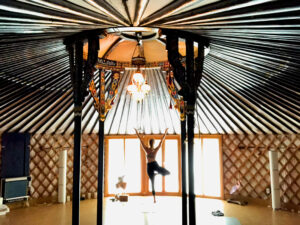
Going on a (self-created) Yoga Retreat on Prince Edward Island in Canada
Yoga is a passion and regular practice of mine for many reasons (I love it so much I sat for my 200-hour yoga certification) but, primarily, I feel it helps
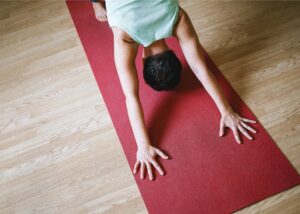
The Ultimate Guide to Yoga Practice
The ultimate guide to yoga practice: what to wear to yoga and hot yoga, the different types of yoga, how to pick a yoga class, and more.
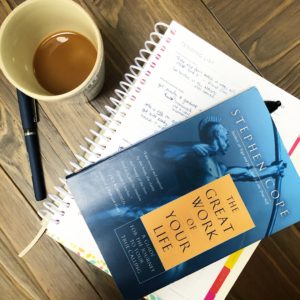
What to Know About Yoga Teacher Training
Please note that there may be some affiliate links included. Read more about those here. Well, 2019 is coming to a close, and it has been a wild year. I
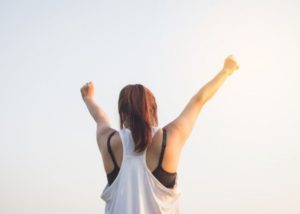
Does Self-Care Mean Working Out MORE? (I tried it.)
I know self-care is important. One of the things modern-day parenting pounds into us is that we have to look out for ourselves, to treat our spirits like fragile baby
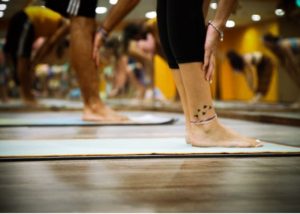
What I Learned When I Did 108 Sun Salutations
In retrospect, I was pretty dumb. I walked into the yoga studio, willingly and blindly skipping into a class that promised 108 sun salutations. “Come Renew and Refresh Your Spirit
